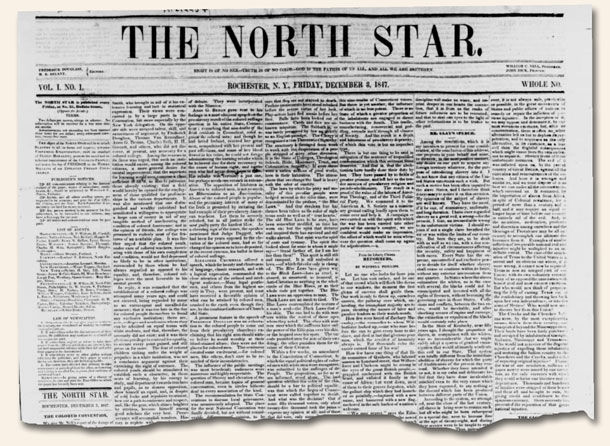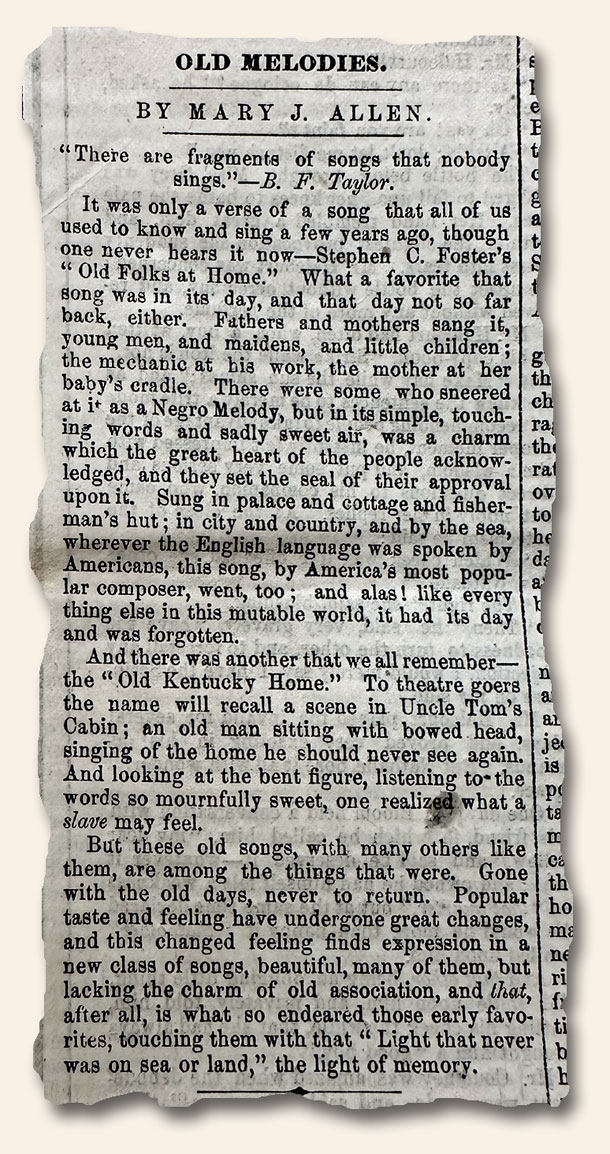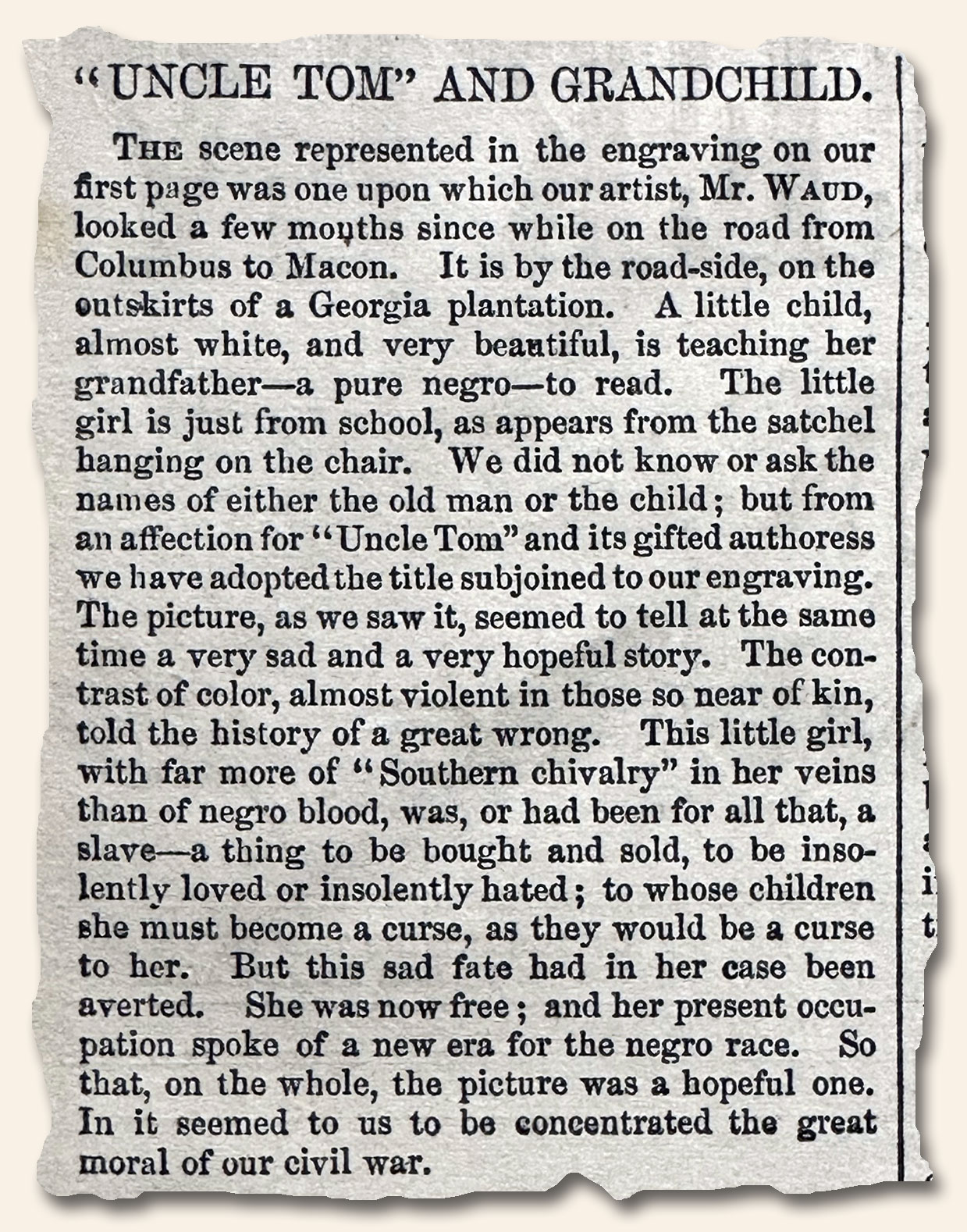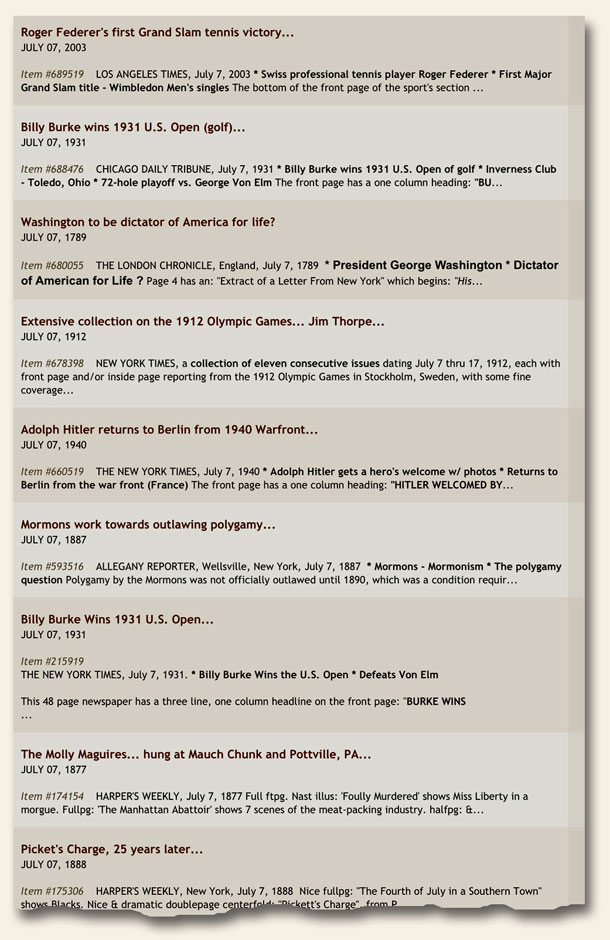Nothing Stops Football Season… 1929 edition…
August 28, 2023 by Laura Heilenman · Leave a Comment
From its inception (see Rutgers vs. Princeton, November 6, 1869), College Football has developed an incredible fan base comprised of alumni, students (and children of former students who were swept up by their parent’s enthusiasm), locals, and more. Diehard fans have been known to withstand fierce weather conditions, hours upon hours of traffic, mortgage-level ticket prices, and have even been known to travel from one side of the country to the other just to see their favorite team and players battle it out on the gridiron. It seems as if nothing will stop a passionate football devotee from attending a game.
This dedication was demonstrated in spades on November 24, 1929, only one month after Black Thursday’s Stock Market Crash of 1869, when a California or Stanford fan (we’re not sure which) boarded a train at Palo Alto Station on University Ave., San Francisco, and headed off to the mid-afternoon game. Later that evening the exhausted, sore-throated fan headed home with both train and game ticket stubs in hand, and the itinerary in their back pocket. We know who won the game; we just don’t know if our devotee departed with a smile or a tear.
We (RareNewspapers.com) discovered the evidence of the fan’s attendance among a recent acquisition of historical newspapers, and partnered the treasures with a 1929 newspaper containing a brief mention of the game. Now, nearly 100 years later, new fans can enjoy a small piece of history from their favorite team – and one can actually own the very artifacts of this century-removed but favorite-team-connected fan.
While not earth-shattering, such “finds” are one of the many delights our staff experiences almost daily. What fun!
The Kennedy name frequented newspaper headlines…
August 25, 2023 by Laura Heilenman · Leave a Comment
 A debate during dinner among friends regarding the most notable moments in 20th century American history may cause a few disagreements, however, none would argue with including the assassination of JFK as a noteworthy addition to the list. After all, the Kennedy dynasty ruled politics for decades, and John sat as king until his tragic death in 1963… with Bobby’s and Teddy’s passing larging serving as the final curtain on the Kennedy’s perennial command of newspaper headlines… or so we thought. Just as the name was beginning to be relegated to the dusty chronicles of the past, it has resurfaced on the political stage once again for this up-and-coming presidential election. Whether or not you were or are a fan of the Kennedy’s, major headlines featuring the Kennedy name are likely to soon be found in newsstands throughout America. It is not a stretch to speculate that Robert F Kennedy Jr. (Bobby’s son) is hoping to erase the sad
A debate during dinner among friends regarding the most notable moments in 20th century American history may cause a few disagreements, however, none would argue with including the assassination of JFK as a noteworthy addition to the list. After all, the Kennedy dynasty ruled politics for decades, and John sat as king until his tragic death in 1963… with Bobby’s and Teddy’s passing larging serving as the final curtain on the Kennedy’s perennial command of newspaper headlines… or so we thought. Just as the name was beginning to be relegated to the dusty chronicles of the past, it has resurfaced on the political stage once again for this up-and-coming presidential election. Whether or not you were or are a fan of the Kennedy’s, major headlines featuring the Kennedy name are likely to soon be found in newsstands throughout America. It is not a stretch to speculate that Robert F Kennedy Jr. (Bobby’s son) is hoping to erase the sad

memories stirred when viewing the front page of THE DAILY MAIL, November 22, 1963 and/or the HERALD-EXAMINER–EXTRA, June 6, 1968, by something a little more positive and forward thinking: “A KENNEDY WINS AGAIN!” Of course such a headline would produce varying reactions based on one’s political bent – but regardless, the dynasty would have new life.
The reason I collected it: Dodge’s Literary Museum…
August 21, 2023 by TimHughes · Leave a Comment
Mastheads of newspapers through the centuries offer a very wide assortment of styles, sizes and decorativeness, with many being quite mundane. Only the “special” ones make it to the private collection, and “Dodge’s Literary Museum” is one.
Any newspapering which the masthead consumes one-third of the front page qualifies. This title’s masthead engraving consumes over half of the front page, very unusual as such. The content may be literary items with no “newsy” reports, but the front page is certainly worth of collecting, regardless of what is inside. 21
21
We all need a North Star… Wisdom from Frederick Douglass…
August 14, 2023 by Laura Heilenman · 1 Comment
It is difficult to look at the life of Frederick Douglass and not become completely enthralled. Over the years, as I have ventured beyond the surface-deep historical facts by reading his speeches and writing, I have been astounded by his insight into the human condition and his wisdom which inspires the reader to live their best, most sacrificial life. It is no coincidence his first newspaper was titled THE NORTH STAR (later called the FREDERICK DOUGLASS’ PAPER). I would submit we can all use a clear guide to true north. Here’s hoping and praying that every new generation studies his life and writings, thereby helping to ensure “a more perfect Union” and a brighter future for all.

Source: Edited photo from the Library of Congress, Washington, DC
The meanderings of those who collect Rare & Early Newspapers…
August 11, 2023 by GuyHeilenman · Leave a Comment
One of the more difficult challenges the staff at Timothy Hughes Rare & Early Newspapers face on a near-daily basis is to not be (too often) distracted by that which makes the hobby itself so interesting: that is, that one never knows what one may find while perusing an old newspaper… nor where it may lead. In other words, to not become endlessly distracted. It really is the “back in the good old days” version of surfing the web. This isn’t to say the meanderings are bad per se, for if we permit ourselves to be carried away for a period of time there is much to learn; however, if permitted to get out of hand the phone would be ringing off the hook from collectors wondering why their purchases, which will likely lead to their own meanderings, have yet to ship. Combining the old (rare newspapers) with the new (the internet) has only exacerbated the temptation.
One minor instance occurred just a few weeks ago which, if you have a few minutes to spare, I’d like to share with you.
We recently purchased a set of The National Era which included many of the original installments of the serialized printing of Uncle Tom’s Cabin by Harriet Beecher Stowe. While tagging the issues which contained segments of her profoundly culture-altering novel, we noticed several issues which did not have portions still contained related articles. This led us to do an internet search for additional titles (newspaper publications) which had Uncle Tom’s Cabin themed coverage… and this is where the fun began.
I expected the big boys (The New York Times, Tribune, and Herald, along with other notable papers such as the Philadelphia Inquirer and The Liberator) to have mentions. However, I did not expect to see coverage of the book in The Saturday Evening Post – and as fate would have it, the issue referenced was one buried deep within our archives. Off I went to find the July 29, 1865 issue. Hoping for a glorious, detailed report, what I found instead was a poem with a mere mention. Still, although a bit disappointed, I was intrigued by the first line of the article: “There are fragments of songs that nobody sings”, by B. F. Taylor. After having my curiosity piqued by the line, and my sleeping heart stirred by the article itself, I headed back to the internet to find the text of the entire poem (which turned out to be significantly more challenging – dare I say time-consuming – than expected). Once found and read, the entirety of the trek to this point caused me to sense the tension between hope and sorrow… which led me to wonder how those who lived in the mid-1800’s morphed from anger (having read Uncle Tom’s Cabin), to hopelessness (seeing little-to-no change in the state of slavery since their “forefathers” had agreed it should be abolished, but did not do so for fear that the doing so would cause their quest to become a “united” group of states to fail), to hope in a trickle… and then a stream… and then a flood… and then a bloody tidal wave called the American Civil War… to deep sorrow (for the sins of the past and deadly consequences thereof), to restored hope and wonder (in what the future might hold).
Although at this point I could hear my daily tasks calling, this mental excursion was not to be stifled for it had caused me to recall a certain illustration from the cover of the Harper’s Weekly dated November 3, 1866) – a woodcut print of which I was familiar, yet one I had never taken the time to read the blurb describing it. Not wanting to let my travels come to an end with a whimper, I read the short description – And this led me to my final question and motivation for writing this verbose post: When/how did the moniker “Uncle Tom”, born from the text which had been instrumental in vanquishing slavery, morph from being a term of endearment to a gross insult? While the road I had taken did not lead me to new “finds” within our inventory, it did awaken my heart to the plight of slavery and my mind to the understanding of why a nickname which had once been bestowed on someone with kindness and admiration had transformed into one of the greatest cultural (and political) insults aimed at black Americans. The latter I learned by one more trip to the internet: When ‘Uncle Tom’ Became an Insult
The following photos provide a visual glimpse of my meanderings, with the poem by B. F. Taylor saved for last. If you made it this far, thanks for indulging me. Please know if you decide to start collecting rare and early newspapers, this condition is highly contagious. If you already are a collector, you already know.



Are the Molly Maguires, Mormons, General Pickett, Jim Thorpe and Hitler connected?
August 7, 2023 by GuyHeilenman · Leave a Comment
What do Eskimos, George Washington, King William IV (England), the Ku Klux Klan, the Molly Maguires, Mormons, General Pickett, John D. Rockerfeller, Jim Thorpe, Amilia Earhart, Billy Burke, Adolph Hitler, “Bugs” Moran, Billie Jean King, and Roger Federer have in common? Coverage about each of them appeared in newspapers dated July 7th. The years may have varied, but one of the many reasons why were are familiar with their names is due to “This Day in History”. I wonder who might show up on a different day? Why not give it a try – see “Month and Day (Any Year)”?
The impact of Newspapers on the abolition of slavery…
August 4, 2023 by GuyHeilenman · Leave a Comment
 The impact print media in general, and newspapers in particular had on attitudes towards slavery cannot be overstated. The abolitionist press was in full-force during the early-to-mid 1800’s with publications such as The Anti-Slavery Bugle, The Emancipator, the National Anti-Slavery Standard, the National Era (which had the honor of being the first to print Harriet Beecher Stowe’s “Uncle Tom’s Cabin”), among those who carried the torch. While some publishers became household names during this critical period in American history (William Lloyd Garrison – publisher of The Liberator), Frederick Douglass – publisher of the North Star [later, the Frederick Douglass’ Paper], and Horace Greeley – publisher of the New York Tribune), a slew of others, while highly influential, have largely been forgotten. One such unheralded publisher was Hezekiah Niles’, the publisher of the Niles’ Register from Baltimore, Maryland. While Niles’ Register would not be placed under the umbrella of The Abolitionist Press, not wearing this label coupled with its heavy focus on political issues may have played to his advantage when Hezekiah wrote and published his “Mitigation of Slavery” in serialized form over a span of 8 issues in 1819. It may not have had an Uncle-Tom’s-Cabin-level impact among the masses, there is little doubt the minds of many in-and-around Washington D.C. were challenged to keep the abolishment of slavery at the forefront of both political and public discourse. The full text of his essay can be read on-line, however, photo-snippets of portions of an original as well as a brief description may be viewed on the Rare Newspapers website: Hezekiah Niles’ “Mitigation of Slavery“. His final thoughts are shown below.
The impact print media in general, and newspapers in particular had on attitudes towards slavery cannot be overstated. The abolitionist press was in full-force during the early-to-mid 1800’s with publications such as The Anti-Slavery Bugle, The Emancipator, the National Anti-Slavery Standard, the National Era (which had the honor of being the first to print Harriet Beecher Stowe’s “Uncle Tom’s Cabin”), among those who carried the torch. While some publishers became household names during this critical period in American history (William Lloyd Garrison – publisher of The Liberator), Frederick Douglass – publisher of the North Star [later, the Frederick Douglass’ Paper], and Horace Greeley – publisher of the New York Tribune), a slew of others, while highly influential, have largely been forgotten. One such unheralded publisher was Hezekiah Niles’, the publisher of the Niles’ Register from Baltimore, Maryland. While Niles’ Register would not be placed under the umbrella of The Abolitionist Press, not wearing this label coupled with its heavy focus on political issues may have played to his advantage when Hezekiah wrote and published his “Mitigation of Slavery” in serialized form over a span of 8 issues in 1819. It may not have had an Uncle-Tom’s-Cabin-level impact among the masses, there is little doubt the minds of many in-and-around Washington D.C. were challenged to keep the abolishment of slavery at the forefront of both political and public discourse. The full text of his essay can be read on-line, however, photo-snippets of portions of an original as well as a brief description may be viewed on the Rare Newspapers website: Hezekiah Niles’ “Mitigation of Slavery“. His final thoughts are shown below.
Horrace Greeley, Fred Douglass, Harriet Beecher Stowe… Hezekiah Niles…


